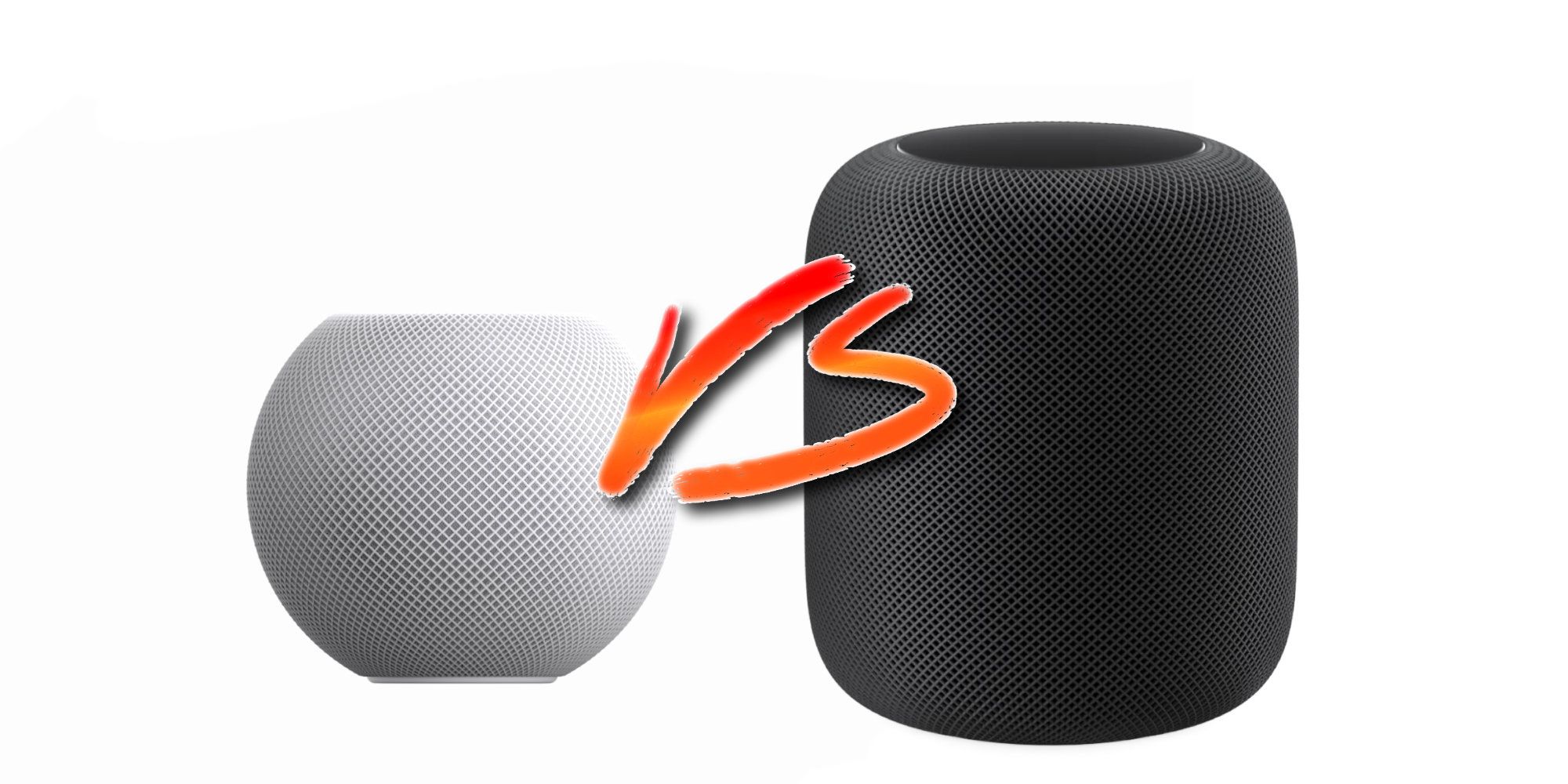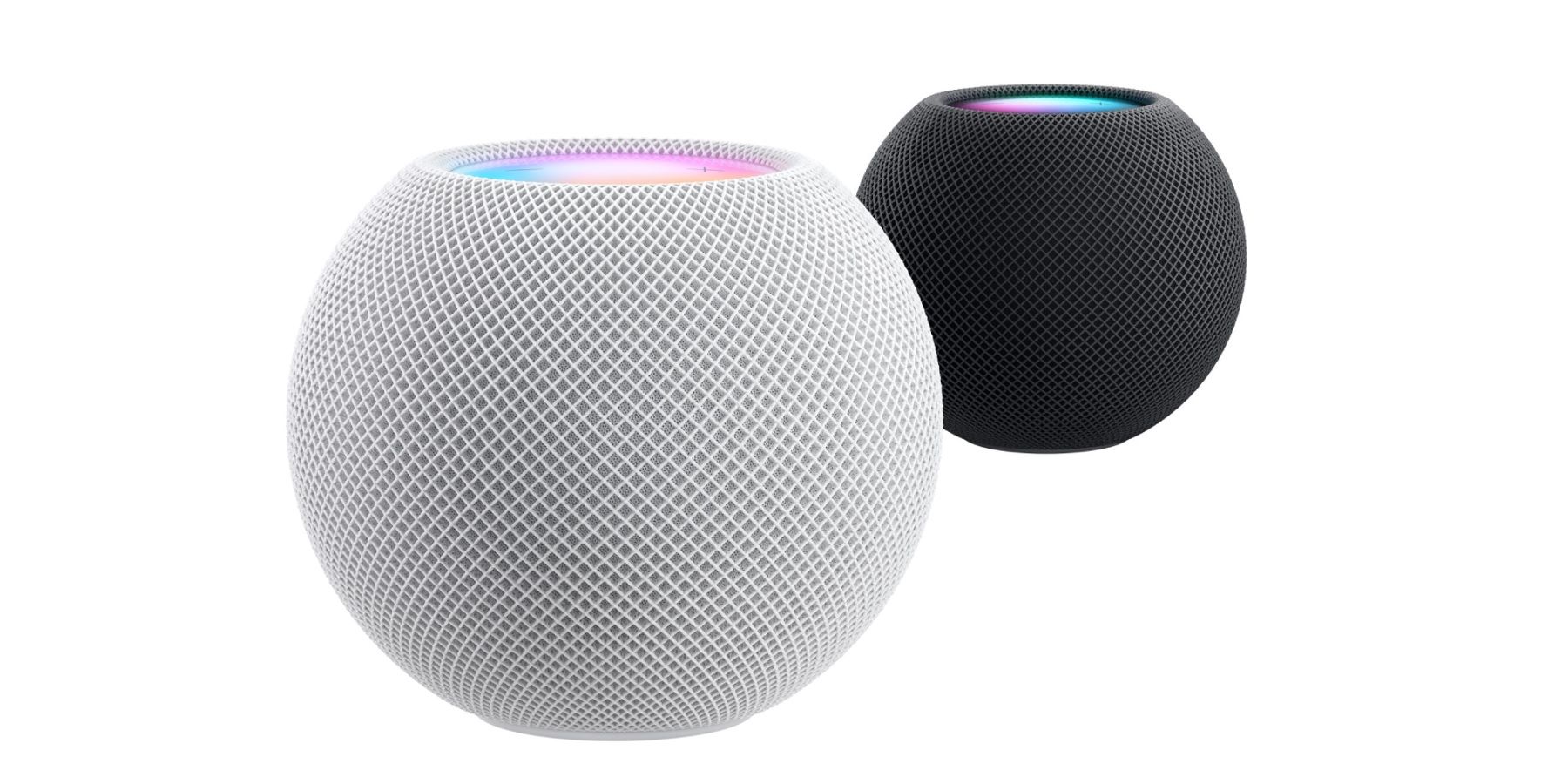The HomePod mini is Apple’s newest smart speaker. As the name implies, it is much smaller than the original HomePod, a little over half the size. In addition, the smaller model can be purchased for much less than the older version, but there are a few features that are missing on the new HomePod mini which might make the consumer think twice before buying.
Apple's HomePod was introduced in 2018, joining the product category that had been established by other smart speaker manufacturers. The Amazon Echo smart speaker launched in 2014 and Google Home followed in 2016. It's interesting to note that Apple beat both these competitors to market with a virtual assistant, though. Siri was first introduced to the public in 2011 on the iPhone 4S, predating Alexa by three years and Google's unnamed Assistant by five years. Despite the extra time to refine Siri, both Amazon's and Google's assistants are considered by most to have more advanced conversational skills. Siri has improved and any of the three will handle many common questions and smart home commands. Where Siri and the HomePod have an edge is in privacy. Apple attempts to process most requests on the device without relying on cloud computing, avoiding collecting any personal information.
Apple's HomePod mini is small compared to the full-size HomePod, measuring a little over three inches tall. While the HomePod is cylindrical, the shape of the HomePod mini is spherical. Admittedly, the HomePod's larger 4-inch woofer offers much better bass than would be possible with the HomePod mini, due to its size. In general, a larger speaker offers better bass, so the larger HomePod will be the proper choice for those that want to feel the thump in the music. The full-size model is described as having high-fidelity audio, containing seven tweeters, each with a separate amplifier for directional control. The case is designed to flow out of the bottom of the unit in a 360-degree pattern, which eliminates table reflections. So the HomePod undoubtedly has the better sound. However, Apple notes that the HomePod mini also contains high excursion speakers, acoustic waveguides and passive radiators, all managed with computational audio. Apple describes this as unheard-of-quality for a speaker of this size.
HomePod mini Pricing, Voice Control, & More
The HomePod mini has an advantage that ties in with the cost. Priced at $99, one could buy three HomePod mini smart speakers for the cost of one HomePod. When it comes to smart speakers, having more units allows better coverage across multiple rooms and is quite necessary on different floors of a house. For most convenient use, voice commands directly to the smart speaker make the most sense. Multiple HomePod mini speakers scattered throughout the home will provide the most convenience and music will be available everywhere. The HomePod has greater volume and better sound quality, so it can carry to another room and the mics are quite sensitive to the human voice, even while playing music, but it's just physics. Being in the same room with the speaker is clearly a better solution.
The HomePod allows stereo pairing if the user owns two HomePod speakers and the HomePod mini shares this ability. The HomePod mini contains an S5 processor, versus the A8 processor in the larger speaker. The S5 is the processor used in the Apple Watch Series 5, which is quite a capable device, so it should handle Siri interaction and sound processing well. When it comes down to making a choice, it is likely that many Apple customers will opt for the HomePod mini, and possibly even if the original HomePod is already in their home.
Source: Apple


